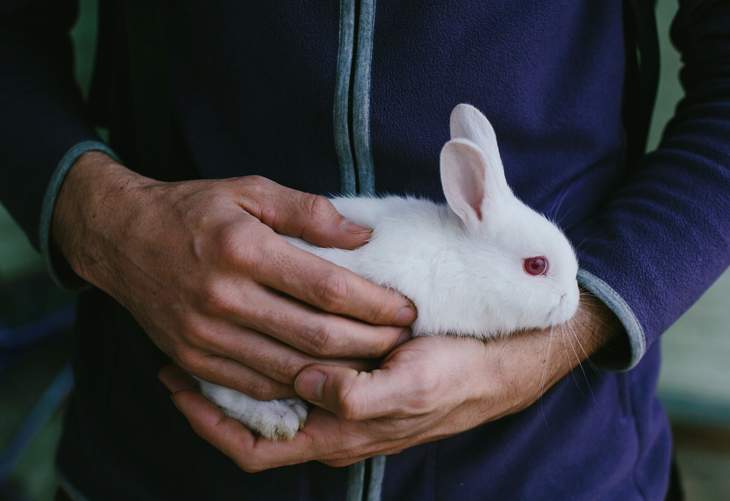Understanding Rabbit Behavior: Insights for Rabbit Owners

Rabbits are complex and social creatures, and understanding their behavior is essential for providing them with appropriate care and enrichment. Here are some insights into rabbit behavior for rabbit owners:
- Body Language: Rabbits use various body language signals to communicate their feelings. For example, a relaxed rabbit will have ears positioned upwards, while a scared rabbit may flatten its ears against its head. Understanding these cues can help you gauge your rabbit's mood and respond accordingly.
- Thumping: Rabbits may thump their hind legs on the ground to express fear or frustration. This behavior is often a warning sign that something is amiss in their environment, such as the presence of a predator or a loud noise.
- Digging and Burrowing: Rabbits have a natural instinct to dig and burrow, which serves several purposes, including foraging for food and creating safe nesting areas. Providing your rabbit with digging opportunities, such as a digging box filled with safe materials like shredded paper or hay, can satisfy this natural behavior.
- Chinning: Rabbits have scent glands located under their chin, which they use to mark their territory by rubbing their chin on objects. Chinning is a way for rabbits to establish ownership of their environment and communicate with other rabbits.
- Binkying: Binkying is a joyful behavior exhibited by rabbits, characterized by leaping into the air and twisting their bodies. This playful behavior indicates that your rabbit is happy and content.
- Grooming: Rabbits spend a significant amount of time grooming themselves and their companions. Grooming is not only essential for maintaining hygiene but also serves as a bonding activity between rabbits and their owners or bonded mates.
- Hiding: When rabbits feel threatened or stressed, they may seek refuge in a hiding spot, such as a cardboard box or tunnel. Providing hiding places in your rabbit's enclosure can help them feel safe and secure.
By observing and understanding your rabbit's behavior, you can better meet their needs and provide them with a happy and enriching life.
